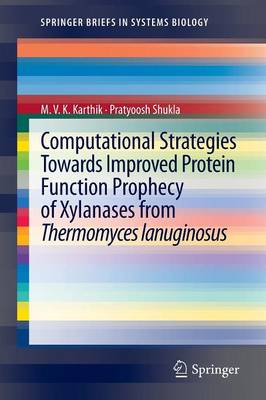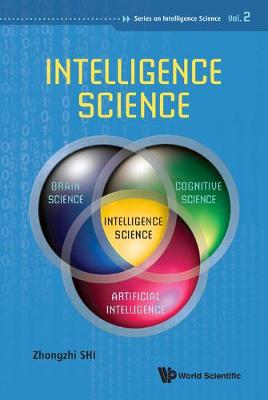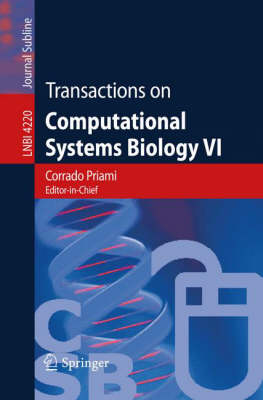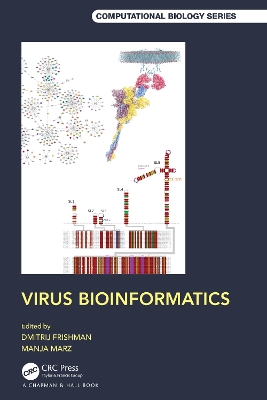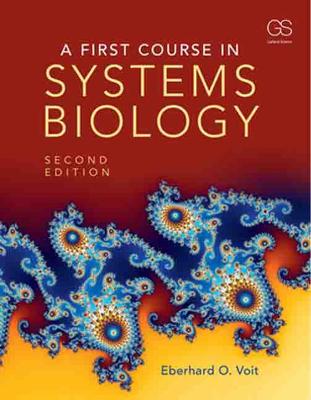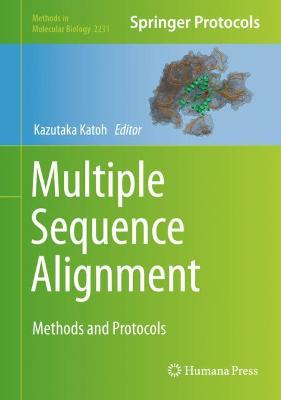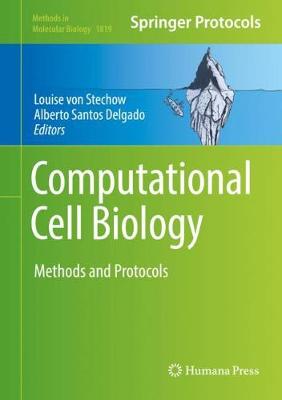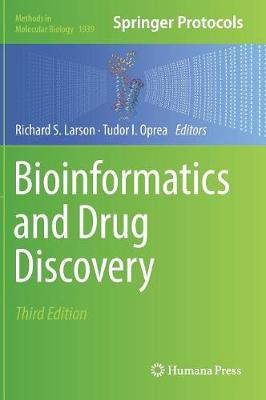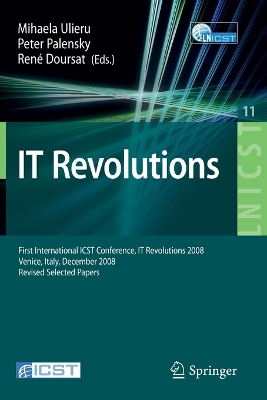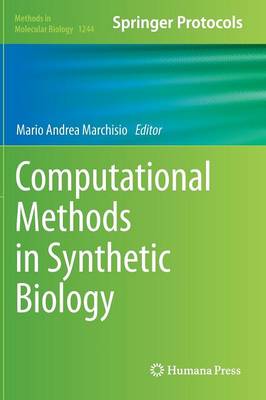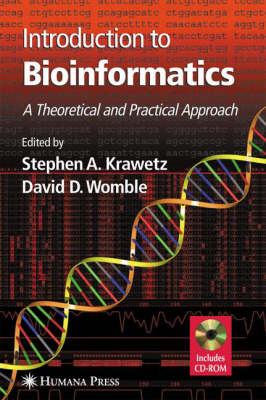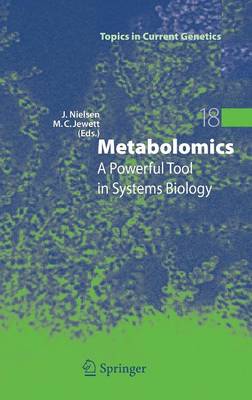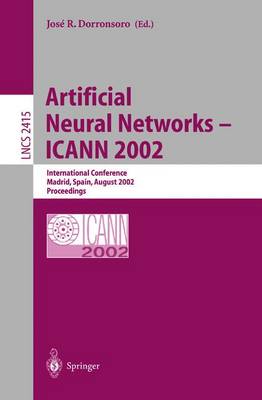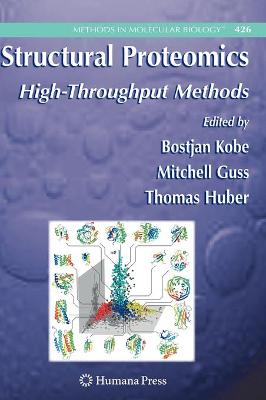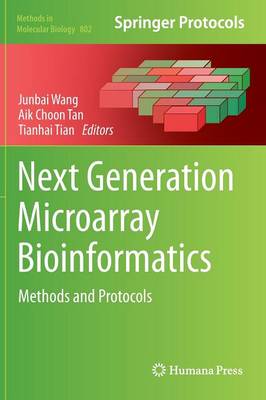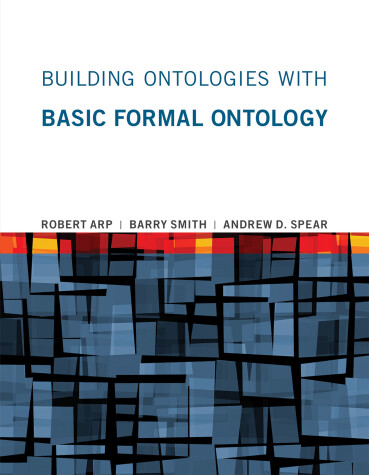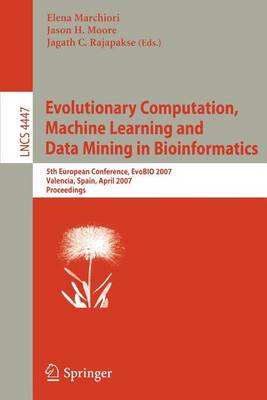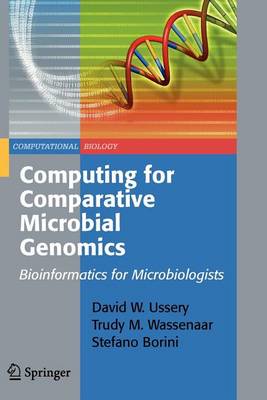This Brief reports on the interplay of an amino-acid mutation towards substrate which could lead to enhanced effects on mutant. These effects need to be given consideration in the engineering processes of protein stability and further exploration of such learning are required to provide novel indication for selection of an enzymes. There are very few reports showing such stable, energy efficient model towards improved protein function prediction screening in-silico structure b...
Intelligence Science is an interdisciplinary subject dedicated to joint research on basic theory and technology of intelligence by brain science, cognitive science, artificial intelligence and others. Brain science explores the essence of brain research on the principle and model of natural intelligence at the molecular, cell and behavior level. Cognitive science studies human mental activity, such as perception, learning, memory, thinking, consciousness etc. In order to implement machine intell...
An Introduction to Support Vector Machines and Other Kernel-based Learning Methods
by Nello Cristianini and John Shawe-Taylor
This is the first comprehensive introduction to Support Vector Machines (SVMs), a generation learning system based on recent advances in statistical learning theory. SVMs deliver state-of-the-art performance in real-world applications such as text categorisation, hand-written character recognition, image classification, biosequences analysis, etc., and are now established as one of the standard tools for machine learning and data mining. Students will find the book both stimulating and accessibl...
Transactions on Computational Systems Biology VI (Lecture Notes in Computer Science, #4220)
The 5th Transactions on Computational Systems Biology volume, edited by Gordon Plotkin, features carefully selected and enhanced contributions initially presented at the 2005 IEEE International Conference on Granular Computing. The 9 papers selected for this special issue discuss various aspects of computational methods, algorithm and techniques in bioinformatics such as gene expression analysis, biomedical literature mining and natural language processing, protein structure prediction, biologic...
Data management and data integration are fundamental problems in the life sciences. Advances in molecular biology and molecular medicine are almost u- versallyunderpinned by enormouse?orts in data management,data integration, automatic data quality assurance, and computational data analysis. Many hot topics in the life sciences, such as systems biology, personalized medicine, and pharmacogenomics, critically depend on integrating data sets and applications producedby di?erent experimentalmethods...
Biology has inspired electronics from the very beginning: the machines that we now call computers are deeply rooted in biological metaphors. Pioneers such as Alan Turing and John von Neumann openly declared their aim of creating arti?cial machines that could mimic some of the behaviors exhibited by natural organisms. Unfortunately, technology had not progressed enough to allow them to put their ideas into practice. The 1990s saw the introduction of programmable devices, both digital (FP- GAs) an...
Virus Bioinformatics (Chapman & Hall/CRC Computational Biology)
Viruses are the most numerous and deadliest biological entities on the planet, infecting all types of living organisms—from bacteria to human beings. The constantly expanding repertoire of experimental approaches available to study viruses includes both low-throughput techniques, such as imaging and 3D structure determination, and modern OMICS technologies, such as genome sequencing, ribosomal profiling, and RNA structure probing. Bioinformatics of viruses faces significant challenges due to the...
Industrial Applications of Glycoside Hydrolases
This book gathers selected studies on the industrial applications of glycoside hydrolases (GHs), presenting an updated classification of these enzymes, and discussing their structure, mechanisms, and various approaches to improve their catalytic efficiency. Further, it explains the various industrial applications of glycoside hydrolases in food, effluent treatment, biofuel production, and the paper and pulp industries. Lastly, the book provides a comparative analysis of glycoside hydrolases an...
A First Course in Systems Biology is an introduction for advanced undergraduate and graduate students to the growing field of systems biology. Its main focus is the development of computational models and their applications to diverse biological systems. The book begins with the fundamentals of modeling, then reviews features of the molecular inventories that bring biological systems to life and discusses case studies that represent some of the frontiers in systems biology and synthetic biology....
Dieses Buch ist ein praktischer Ratgeber für Biologinnen und Biologen, die Multiple Sequenzalignments (MSAs) für ihre Datenanalysen verwenden und einen verständlichen Überblick über die vielen verschiedenen Programme suchen. Trotz ihres wichtigen Stellenwertes in der Datenanalyse herrscht Unsicherheit unter den Forschenden wie MSA-Programme genau funktionieren - ganz zu schweigen davon, wie und warum die unterschiedlichen Analysen zu verschiedenen Ergebnissen führen. Welches Programm ist für die...
Multiple Sequence Alignment (Methods in Molecular Biology, #2231)
Chapter “Alignment of Biological Sequences with Jalview” is available open access under a Creative Commons Attribution 4.0 International License via link.springer.com.
Computational Cell Biology (Methods in Molecular Biology, #1819)
This volume details computational techniques for analyses of a wide range of biological contexts, providing an overview of the most up-to-date techniques used in the field. Chapters guide the reader through available data resources and analysis methods and easy-to-follow protocols that allow the researcher to apply various computational tools to an array of different data types. Written in the highly successful Methods in Molecular Biology series format, chapters include introductions to their r...
Bioinformatics and Drug Discovery (Methods in Molecular Biology, #1939)
This third edition volume expands on the previous editions with new topics that cover drug discovery through translational bioinformatics, informatics, clinical research informatics, as well as clinical informatics. The chapters discuss new methods to study target identification, genome analysis, cheminformatics, protein analysis, and text mining. Written in the highly successful Methods in Molecular Biology series format, chapters include introductions to their respective topics, lists of the n...
“Mitigating Paradox at the eSociety Tipping Point” In the first two decades of the past Century, having as driving factor the automobile and its mass production, the command economy has radically changed our lifestyles, enabling the creation of offices, suburbs, fast food restaurants and unified school d- tricts. With the Internet as driving factor, socio-technical and industrial eNetworked ecosystems are about to change our lives again in these two decades of the twenty-first century, and we ar...
Computational Methods in Synthetic Biology (Methods in Molecular Biology, #2189)
This volume provides complete coverage of the computational approaches currently used in Synthetic Biology. Chapters focus on computational methods and algorithms for the design of bio-components, insight on CAD programs, analysis techniques, and distributed systems. Written in the highly successful Methods in Molecular Biology series format, the chapters include the kind of detailed description and implementation advice that is crucial for getting optimal results in the laboratory. Authori...
Introduction to Bioinformatics
to Bioinformatics A Theoretical and Practical Approach Edited by Stephen A. Krawetz, PhD Wayne State University School of Medicine, Detroit MI and David D. Womble, PhD Wayne State University School of Medicine, Detroit, MI ~ Springer Science+ ~ Business Media, LLC © 2003 Springer Science+Business Media New York Originally published by Humana Press !ne. in 2003 Softcover reprint of the hardcover 1 st edition 2003 humanapress.com Ali rights reserved. No part of this book may be reproduced, stored...
Living organisms are distinguished by their chemical basis. Thus, knowledge of the properties of the elements and the interactions of the resulting compounds is a prerequisite for understanding biology.Chemistry answers the questions of why, among the more than 100 elements of the periodic table (PSE), carbon and not silicon is the dominant element in biology and why precious metals, such as gold and silver, do not play a role. The PSE provides information about why phosphoric acid and not sulfu...
Metabolomics (Topics in Current Genetics, #18)
The metabolome comprises the complete set of metabolites, the non-genetically encoded substrates, intermediates, and products of metabolic pathways, associated with a cell. Given the increasing demand to quantitatively identify the metabolome and understand how trafficking of metabolites through the metabolic network impact cellular behavior, metabolomics has emerged as an important complementary technology to the cell-wide measurements of mRNA, proteins, fluxes, and interactions (e.g., protein-...
Artificial Neural Networks — ICANN 2002 (Lecture Notes in Computer Science, #2415)
The International Conferences on Arti?cial Neural Networks, ICANN, have been held annually since 1991 and over the years have become the major European meeting in neural networks. This proceedings volume contains all the papers presented at ICANN 2002, the 12th ICANN conference, held in August 28– 30, 2002 at the Escuela T´ecnica Superior de Inform´atica of the Universidad Aut´onoma de Madrid and organized by its Neural Networks group. ICANN 2002 received a very high number of contributions, mor...
Structural Proteomics (Methods in Molecular Biology, #426)
Structural genomics is a newly emerging field that has arisen following the successful footsteps of the major sequencing efforts generally bundled under the heading "genomics". In Structural Proteomics: High Throughput Methods, readers are provided with a current view of all aspects of the 'pipeline' that takes protein targets to structures and how these have been optimized. This volume includes chapters describing in-depth the individual steps in the Structural Genomics pipeline, as well as ove...
Next Generation Microarray Bioinformatics (Methods in Molecular Biology, #802)
Recent improvements in the efficiency, quality, and cost of genome-wide sequencing have prompted biologists and biomedical researchers to move away from microarray-based technology to ultra high-throughput, massively parallel genomic sequencing (Next Generation Sequencing, NGS) technology. In Next Generation Microarray Bioinformatics: Methods and Protocols, expert researchers in the field provide techniques to bring together current computational and statistical methods to analyze and interpret...
Building Ontologies with Basic Formal Ontology
by Robert Arp, Barry Smith, and Andrew D. Spear
An introduction to the field of applied ontology with examples derived particularly from biomedicine, covering theoretical components, design practices, and practical applications.In the era of “big data,” science is increasingly information driven, and the potential for computers to store, manage, and integrate massive amounts of data has given rise to such new disciplinary fields as biomedical informatics. Applied ontology offers a strategy for the organization of scientific information in com...
The ?eld of bioinformatics has two main objectives: the creation and main- nance of biological databases, and the discovery of knowledge from life sciences data in order to unravel the mysteries of biological function, leading to new drugs and therapies for human disease. Life sciences data come in the form of biological sequences, structures, pathways, or literature. One major aspect of discovering biological knowledge is to search, predict, or model speci?c infor- tioninagivendatasetinordertog...
Computing for Comparative Microbial Genomics (Computational Biology, #8)
by David W Ussery, Trudy M. Wassenaar, and Stefano Borini
Overview and Goals This book describes how to visualize and compare bacterial genomes. Sequencing technologies are becoming so inexpensive that soon going for a cup of coffee will be more expensive than sequencing a bacterial genome. Thus, there is a very real and pressing need for high-throughput computational methods to compare hundreds and thousands of bacterial genomes. It is a long road from molecular biology to systems biology, and in a sense this text can be thought of as a path bridging...
